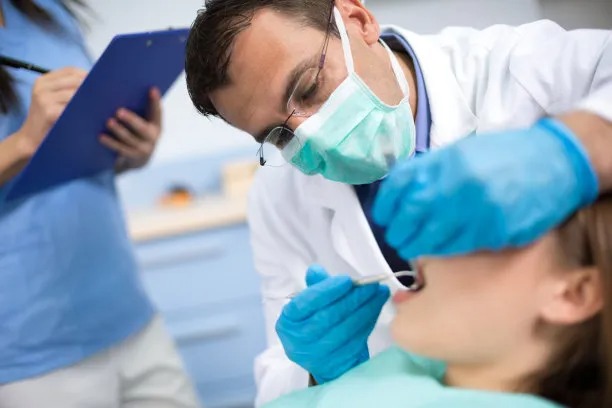Essential Precautions You Need to Take Before and After Your Dental Filling Appointment for Optimal Oral Health
Summary: Visiting the dentist for a filling is a critical step in maintaining optimal oral health. However, certain precautions before and after the appointment can significantly enhance the treatments effectiveness and promote healing. This article discusses essential precautions in four key areas: pre-appointment preparations, post-appointment care, understanding home care, and recognizing signs of complications. Following these guidelines can help ensure a smoother experience and contribute to long-lasting dental health.
1. Preparing for Your Dental Appointment

Before your dental filling appointment, it is crucial to prepare both physically and mentally. Start by reviewing your medical history and any medications you’re currently taking. Inform your dentist about any allergies or previous adverse reactions to dental anesthesia, as this can influence your treatment plan and the anesthetic options available to you.
Next, consider your dental anxiety levels. Many people experience anxiety when facing dental treatments. If you feel overwhelmed, practice relaxation techniques such as deep breathing or mindfulness exercises. Additionally, communicating your fears to your dentist can help them tailor their approach to make you feel more comfortable.
Dont forget to plan for your post-appointment needs. Arrange for someone to drive you home if sedation is used during the procedure. This will ensure your safety and allow you to rest adequately after the treatment. Also, try to avoid scheduling any important obligations immediately after your appointment, giving yourself time to recover.
2. Aftercare for Your Filling Treatment
Post-treatment care is vital for the longevity of your dental filling. Immediately following the procedure, avoid eating or drinking for at least 30 minutes, especially if local anesthesia was used. This waiting period allows the anesthesia to wear off, helping you avoid accidental bites on your tongue or cheeks.
Once you can eat again, opt for soft foods while being cautious of hot or cold temperatures. Your tooth might be sensitive for a few days after the filling, and consuming extreme temperatures could cause discomfort. Additionally, its advisable to avoid sticky or hard candy, as these can dislodge or damage the filling.
Following up with good oral hygiene is essential. Brush and floss your teeth gently but regularly to keep the area around the filling clean. You may also want to use a non-alcohol-based mouthwash to reduce irritation around the treated area. Be attentive to how your filled tooth feels and ensure that it doesn’t disrupt your bite alignment.
3. Understanding Home Care Techniques
Post-filling care extends beyond mere hygiene practices. It is wise to integrate certain home care techniques into your routine for optimal oral health. One effective method is using desensitizing toothpaste. If you notice sensitivity after the filling, this specific toothpaste can help reduce discomfort over time.
Moreover, staying hydrated is crucial for oral health. Drinking plenty of water helps wash away food particles and increases saliva production, which is vital for maintaining a healthy mouth ecosystem. Saliva not only aids in digestion but also neutralizes acids produced by bacteria in the mouth.
Consider incorporating fluoride treatments into your oral care regimen. Consult your dentist about fluoride rinses or gels that can help strengthen your teeth and protect against decay, particularly important in areas around the filling.
4. Recognizing Signs of Complications
Post-treatment awareness is essential for spotting potential complications early. Keep an eye out for unusual symptoms such as persistent pain, swelling, or sensitivity that lasts more than a few days. These could indicate issues such as an infected filling or complications with the bite alignment.
If you notice any discomfort that doesn’t subside, don’t hesitate to schedule a follow-up appointment with your dentist. Early intervention can save you from more severe dental problems down the line and ensure your filling is functioning optimally.
Additionally, be alert for any signs of an allergic reaction to the filling material. Symptoms can include rash, itching, or swelling in the mouth. It is critical to seek immediate medical assistance if you exhibit any of these symptoms to prevent further complications.
Summary:
In summary, taking essential precautions before and after your dental filling appointment is crucial both for the effectiveness of the treatment and for maintaining general oral health. From pre-appointment preparations and diligent aftercare to understanding home care practices and recognizing potential complications, each step plays a significant role in your experience and recovery process.
This article is compiled by Vickong Dental and the content is for reference only.


